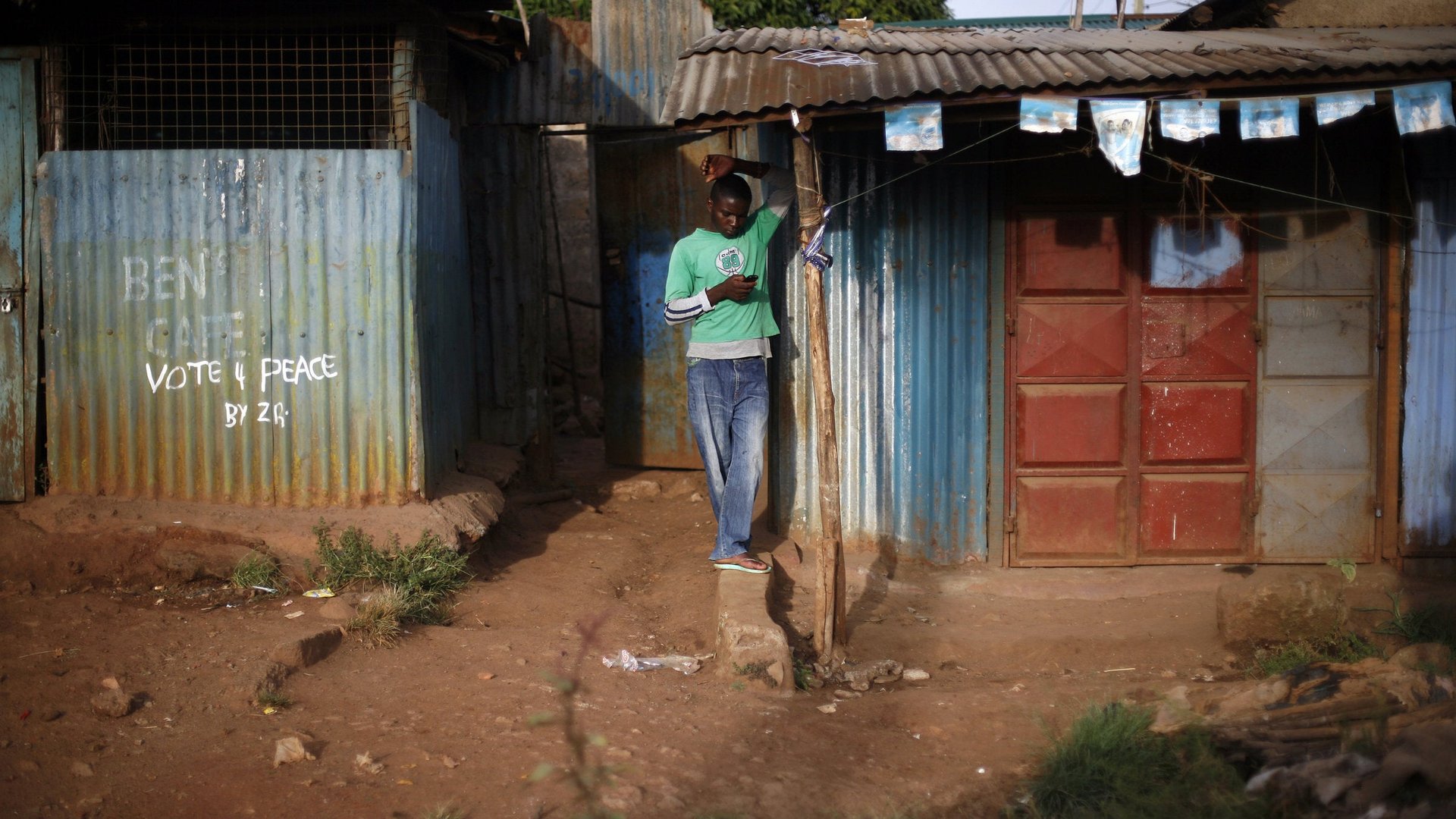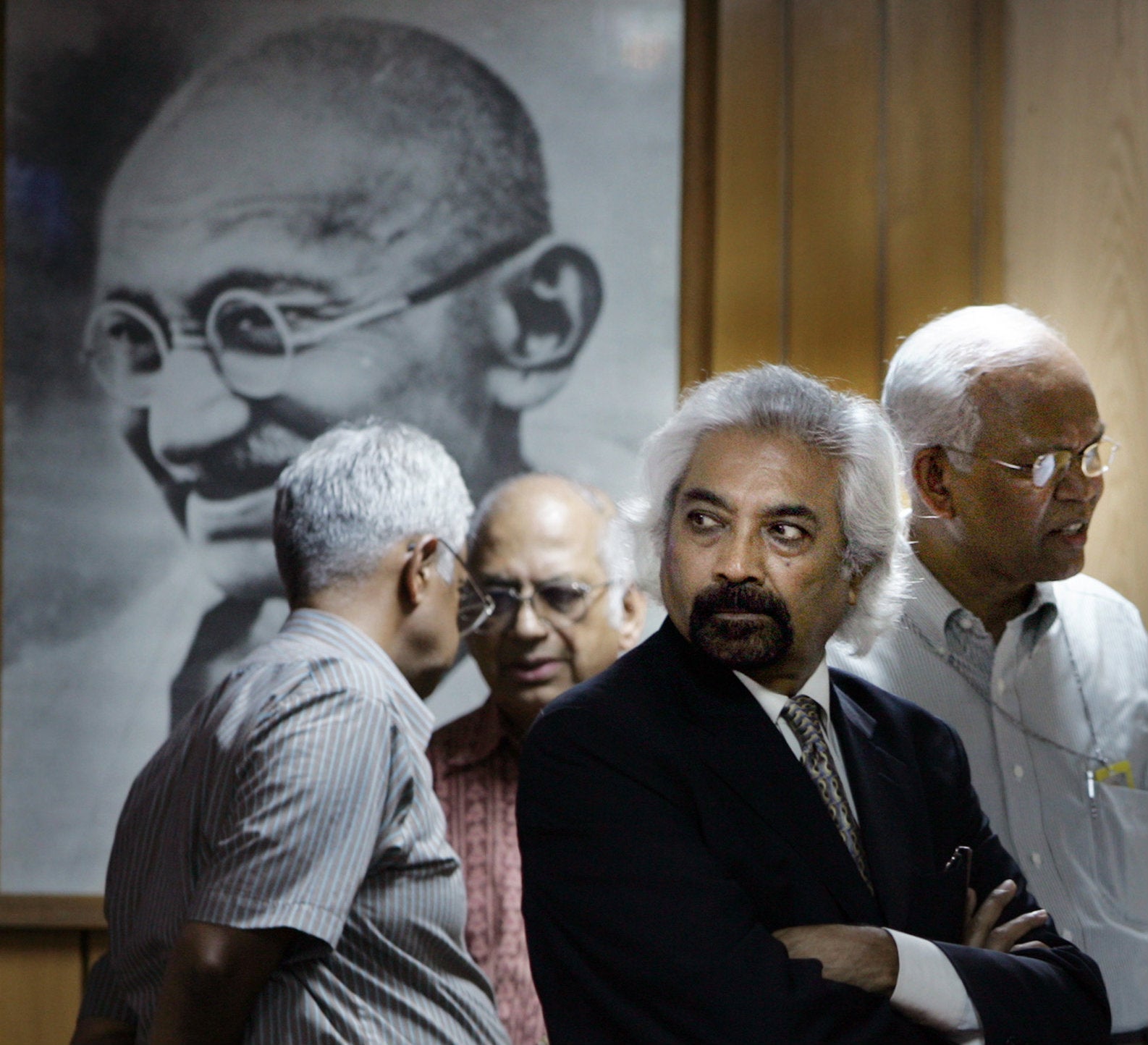How to use technology for development in three simple steps, and a fourth very difficult one
Silicon Valley has spawned dozens of imitators in countries worldwide. Governments hope that with the right mix of incentives and tax-breaks, perhaps their own Silicon Allee/Savannah/Roundabout too will bring in untold riches and talent. But the effect of communications technologies is about a lot more just about e-commerce, sales of computers or tech start-ups. Connectivity spurs growth across sectors and contributes to higher standards of living. Some 75% of the benefits accrue to traditional industries, according to a McKinsey report.


Silicon Valley has spawned dozens of imitators in countries worldwide. Governments hope that with the right mix of incentives and tax-breaks, perhaps their own Silicon Allee/Savannah/Roundabout too will bring in untold riches and talent. But the effect of communications technologies is about a lot more just about e-commerce, sales of computers or tech start-ups. Connectivity spurs growth across sectors and contributes to higher standards of living. Some 75% of the benefits accrue to traditional industries, according to a McKinsey report.
One-fifth of GDP growth in rich countries between 2004 and 2009 was directly attributable to the internet. In emerging markets, that figure was much lower, at 3%, but these countries were also underconnected at the time. In short, the internet is a critical element of economic growth.
All of which is very easy to say, especially when seen from developed countries with mature telecom infrastructure. But connecting countries that lack basics like running water and electricity can be a difficult, daunting task. This is how the developing world is doing it in three simple steps and another that is somewhat harder to pull off.
Step 1: Connect to the global network
Nairobi, Kenya
Bitange Ndemo is no Kevin Costner. But the permanent secretary in Kenya’s ministry of information and communication found inspiration in Costner’s schmaltzy 1989 hit, “Field of Dreams.” When he took office in 2006, there was no cable connecting Kenya to the rest of the world and data prices were sky-high because internet access was available only through satellite links. Worse, nobody thought there would be any demand for access. But Ndemo believed—channelling Costner’s character—that “if you build it, they will come,” he said in his Nairobi office last year.
At the time, Kenya had a vast oversupply of skilled graduates and nothing for them to do. Ndemo took inspiration from India’s outsourcing sector; he thought Kenya could do the same. But to do that they would need a lot more bandwidth.
Ndemo first sought to join EASSy, or the Eastern Africa Submarine Cable System, but found it hard to be taken seriously by other stakeholder nations. He grew frustrated by delays. Instead of waiting, he decided to lead the laying of brand new cable, which eventually grew into TEAMS, or The East African Marine System, linking Kenya to the United Arab Emirates.
Today, Kenya is connected to the rest of the world by four undersea cable and prices for connectivity have plummeted as bandwidth has exploded. Companies such as Google and Microsoft have regional offices in Nairobi. Start-up hubs have mushroomed across the city. Cellphone companies advertise “3.5G,” a halfway house to full 4G connections. And Kenya’s experiment with mobile money, in the form of M-Pesa, is the most successful and widely cited example of how relatively simple technology can transform lives in poor nations.
Step 2: Build domestic connectivity
New Delhi, India
There is little point connecting a country to the global network if internal infrastructure remains awful. This is especially the case in sprawling countries like India. Even in relatively small Kenya, the main beneficiary of greater connectivity has been Nairobi.
India invested in information technology for decades thanks to a national inclination towards higher education and research and development. Its tech sector is a product of that. But broadband does not reach rural areas because there is no demand. Connectivity through 3G wireless networks is patchy.
To make full use of the potential of the internet, India is quietly building a vast “public information infrastructure.” The numbers—and the scope—are staggering. India will lay 400,000 kilometers of fiber-optic cable in addition to the million kilometers already in the ground, bringing wired broadband to 250,000 panchayats, or village councils. A separate network linking 1,500 universities, research centers and laboratories is nearly complete.
In addition, a comprehensive mapping project will bring together data from various government agencies to create a richly layered geographic information system, ending the confusion caused by different departments using their own maps. Federally funded data centers across the country will standardize regional e-governance platforms. And India’s wheezing railways and logjammed justice systems will be digitized.
This amounts to reimagining the very idea of how India is governed, project head Sam Pitroda said in an interview at his home in New Delhi. Pitroda has experience in conducting large-scale technological reform: he ushered in India’s first telecom boom in the late 1980s by providing access to public phones in rural India.

The system is already proving its worth. A striking example can be found in India’s judicial system, which has a backlog of nearly 32 million cases. As part of the PII project, some 700,000 people were discovered languishing in prison without charges. Over the past two years, 562,000 of them have been released on bail and the rest taken to court.
Such grand visions do not come cheap. Pitroda estimates that all of PII’s projects will together cost one trillion rupees ($18 billion). The ministry of rural development spends $14 billion every year, he says. A one-time investment in information infrastructure could help reduce annual expenditure on poverty-alleviation programmes.
Step 3: Convince people to actually use technology
Lahore, Pakistan
With the basics—connecting to the world and building a domestic network—out of the way, there still remains one big hurdle to making the most of technology. Cosmopolitan citizens and businesses will embrace it. But governments, bureaucrats and ordinary people are a different matter. Technical experts often tout paperless offices as a way to improve government efficiency. But that belies a lack of understanding about how government works, especially in places like Pakistan. All too often, computerization means an added chore, a duplication of work.
There are more creative—and useful—ways to deploy technology, Umar Saif, chairman of the Punjab state IT board in Pakistan, said over the phone from Lahore. Saif has found that government struggles to monitor its own functions. “So the problem therefore is not of taking files and trying to get rid of them or automating them because the rest of the system is not made for that. But every department, every high court justice, wants monitoring. In absence of technology they’re dependent on some guy writing a report,” he says.
In 2011, Saif was named a significant innovator under 35 by MIT. The subsequent media coverage brought him to the attention of the chief minister of Punjab, who asked him to work for the state. His department enjoys an annual budget of $25 million.
Saif gave field workers $100 smartphones made in China. The phones went out with some prepaid talk time and a few apps, including games, to persuade people to use them. It seems to be working.
Workers use them for things such as keeping track of whether garbage has been cleared and snapping before and after pictures. A project to isolate outbreaks of dengue fever last year was far more successful than previous years because of the speed with which health workers could report information. Saif envisions a system in which schoolteachers can check in from classrooms in remote areas to prove they went to work, and for health workers to check in from the places they are supposed to visit.
Technology helps with back-office processes too. Saif estimates that harmonizing procurement procedures across departments could save over 2% of the state’s GDP every year. He established a call center that rings up citizens to ask whether they are happy with government services. That, he says, gives department heads a way to rank the performance of one district against another, and to figure out how to raise standards at those that are lagging.
Step 4: Stay in control
None of these steps is easy to pull off without support. But the hardest part of the process is holding onto a budget even as results take time to become apparent. The people signing checks and those whose jobs suddenly become harder because of the accountability technology brings will do their best to pull the plug.
Pitroda may find himself out of a job next year, when India holds general elections that are widely expected to bring in a change of government. Saif will have to confront that problem even sooner. Pakistan goes to the polls on May 11. Ndemo, at least, seems to have job security. A new government led by Uhuru Kenyatta has placed him on the shortlist for new permanent secretaries. It is likely he will retain his position.
Political wrangling is not a skill many technocrats possess. Pitroda has dealt with his share of detractors and non-believers but his achievements—and the full support of the prime minister—have so far ensured that he is able to carry on with his work.
Saif faced similar problems. “There was pushback of biblical scale in various departments,” he says. “People leaked stories to the media saying we’re wasting money.” But he is backed by his bosses, which makes his job easier. And he is optimistic: “If a different government comes in, some of this will change. But if these guys take power at the national level it is even possible to roll this out nationally.” Once he is there, he will need start at step one all over again—only this time on a bigger scale.